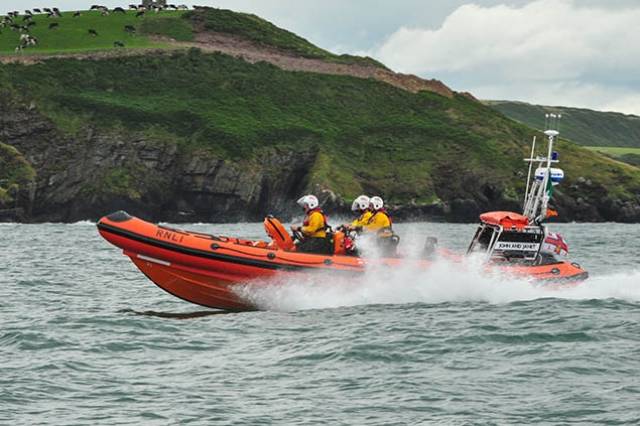Crosshaven RNLI Lifeboat in Cork Harbour was requested to launch yesterday evening at 9.45pm to reports of a speedboat broken down and adrift approximately one km south west of Trabolgan.
In calm conditions with a slight sea,the volunteer crew, under the command of Alan Venner with Ian Venner, Aoife Dinan and Vince Fleming on board headed to the area at best speed.
On arrival, the two anglers onboard the vessel had attempted remedial work with no results. The crew of the lifeboat then established a tow and landed the casualty at Crosshaven boatyard.
The lifeboat returned to station at 11.30pm and is currently being washed down and refuelled by the shore crew before being declared ready for service.































































